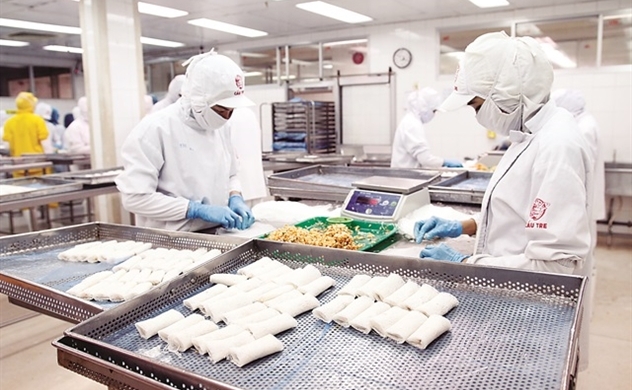Chinese low-cost e-commerce battle lands in Vietnam
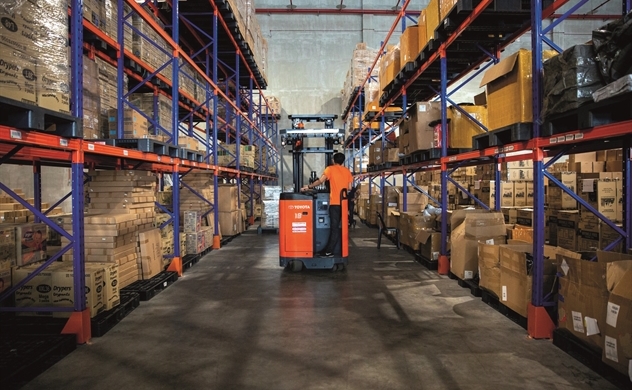
The "online Silk Road" in China has the same high-quality goods that these Southeast Asian countries can buy, but the prices are much lower and the shipping costs are surprisingly low.
THE DOMINATION OF THE ONLINE SILK ROAD
Within a week, the four phone cases that Kieu Nam (Phu Nhuan district, Ho Chi Minh City) had ordered on Shopee as cross-border goods finally arrived. Including the shipping fee, the total value of the order is VND110,000, calculating that each case costs 25,000 VND, nearly half less than if purchased at the store.
Quynh Nhu (District 2, Ho Chi Minh City) said that in the past 2 years, cross-border stores have begun to be popular on Shopee and Lazada, but most are still low-value products.
For higher-value products, such as fashion, Quynh Nhu said she would order directly through Taobao in China. The recipient of the order will be a Vietnamese living near the border gates.
Even though they charge a fee for picking up the goods, taking them across China to the border gate, and then taking them to where the order is placed, as in the case of Quynh Nhu in Ho Chi Minh City, the total cost is still less than the price of the product.
Same fabric quality, about 30% design in Vietnam. One bad thing about cross-border goods is that they take 7–10 days to deliver. “That's not a big obstacle. I will schedule a reservation," Ms. Quynh Nhu said.
In the future, Chinese sellers will cooperate more with e-commerce platforms in their home country. There is an incentive for Chinese traders to step up such cooperation.
Mckinsey's research predicts that 80% of GMV will be imported from outside Southeast Asia by 2021, with China playing a significant role. Momentum Works predicts e-commerce development in Southeast Asia to reach $232 billion in 2028, with Temu, Alibaba, and TikTok contributing to the worst scenario at $175 billion.
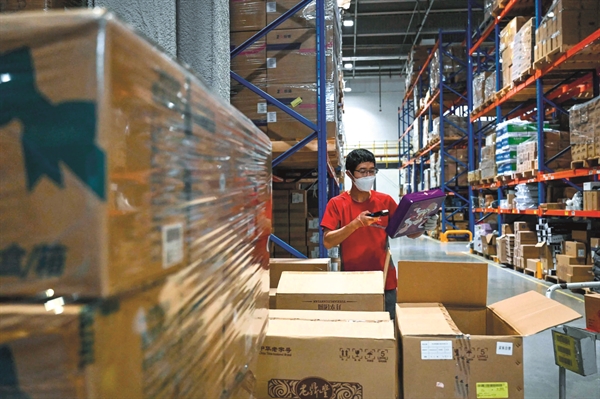 |
Chinese traders plan to expand into regional markets like Vietnam to maximize profits. Directly shipping from Chinese platforms to Vietnam yields a 10% profit, but combining with popular Vietnamese e-commerce platforms can increase it by 5%. The key to this strategy lies in low delivery costs, as domestic packages in China cost less than VND10,000, despite longer transportation distances.
The Chinese government made this plan 10 years ago. Economic Information Daily says that China's logistics costs made up 18% of its GDP in 2013, which is more than twice as much as other OECD countries.
Experts point out that the cost of transporting goods in urban areas accounts for 30% of the total logistics costs of the entire industry. This has been a consequence since 1991, when China's average logistics cost growth rate was 14.8% while GDP increased only 10.7%.
Urban expansion in Shanghai leads to increased transportation demand, but the lack of public supply and demand information-sharing platforms hinders truck operators' capacity. Empty trucks accounted for 37% of the city's total trucks in 2011, three times higher than in Europe and America. High logistics costs include tolls and fines.
The Chinese government implemented policies to reduce transportation costs, standardize logistics facilities, and reduce tax rates for the logistics industry. These included standardizing pallets, replacing business tax with value-added tax, compensating road tolls, and encouraging land use. The Ministry of Trade also promoted information technology applications in the industry.
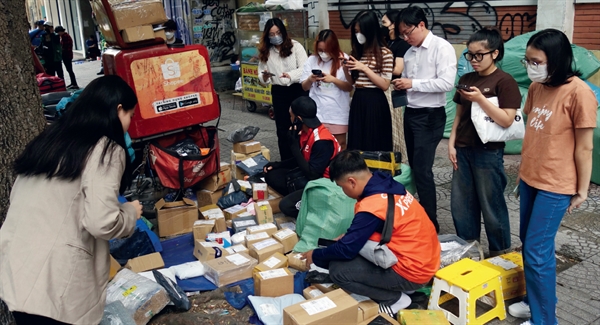 |
In 2016, logistics costs per GDP decreased by nearly 4 percentage points, largely due to NDRC policies reducing taxes and fees for companies, enabling easier capital access.
China aims to reduce the logistics cost/GDP ratio to 12% by 2025, saving industries over 900 billion yuan ($135 billion) annually.
China is optimizing domestic logistics costs and promoting cross-border sales in Southeast Asia. Vietnam's Ministry of Industry and Trade plans 53 warehouses in six provinces by 2025 to 2035, covering over 1.2 million m2. With a global factory position and 2/3 of popular e-commerce platforms, China's goods are increasing, making it easier to penetrate regional countries.
The country has long been a global exporter of many consumer products and is now expanding this influence faster and more widely through its e-commerce platforms, even shaking up shopping activities. online globally.
"CLEARING GOODS" AT THE LOWEST PRICES
Chinese manufacturers are reducing prices and attempting to penetrate foreign markets due to weak domestic demand. Local governments are subsidizing overseas trips and urging banks to lend to companies expanding in countries participating in China's "Belt and Road" initiative.
Indonesia's government has banned e-commerce transactions on social media platforms and regulated foreign goods to have a minimum price of $100, aiming to protect domestic businesses from cross-border goods and ensure fair competition while protecting user data.
With the largest e-commerce market size in Southeast Asia (more than $50 billion in 2022, according to Momentum Works), Indonesia's actions are intended to prevent new e-commerce platforms such as TikTok, according to comments.
According to market research company BMI, there is an opportunity for growth in this country. The competition between GoTo, a "homegrown" e-commerce platform formed from the merger between two other domestic businesses, Tokopedia and Gojek, with Shopee and Alibaba is more than enough in the current context. < p="">
The Indonesian Government proposes a domestic ban to safeguard 64 million micro, small, and medium-sized enterprises, despite mixed reactions from small businesses, aiming to protect them.
TikTok business owners are profiting but need to cut human resources. Traditional traders are improving but not reaching the same level. E-commerce platforms like Tokopedia and Shopee disrupt traditional market activities due to transparent prices.
Meanwhile, others are concerned that importing goods at competitive prices from world factories will affect the domestic manufacturing sector, which is supporting many working families. The growth in the commercial sector is there, but its consequences for the production sector are immeasurable.
A McKinsey report suggests that trade agreements like the Regional Comprehensive Economic Partnership Agreement will boost production and supply chains, particularly in the garment, consumer electronics, and food sectors.
CHANGE IN RESPONSE
Southeast Asia's e-commerce growth and lower labor costs are attracting foreign investors, prompting the Indonesian Government to create protective barriers against cross-border e-commerce. This can teach other countries, including Vietnam, to optimize operations and adapt to new business paces, as returning to pre-e-commerce times is impossible.
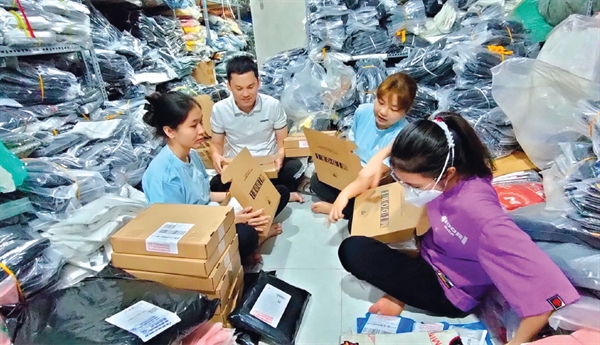 |
The low-cost e-commerce market, characterized by stagnant incomes and economic instability, is causing concern for Vietnamese businesses and small businesses, as low-cost platforms struggle to develop strongly.
Competitive prices and easy ordering are benefits that cross-border goods bring to Vietnamese consumers but put great pressure on domestic businesses. "The fashion industry is changing profoundly," said Mr. Dao The Vinh, founder of 8-year-old fashion brand Midori.
E-commerce and cross-border goods have significantly impacted domestic fashion brands' production capabilities and cost optimization. Midori must adapt to new trends by focusing on design teams, optimizing materials, and changing production processes to meet small but continuous orders. This allows customers to place orders on e-commerce platforms within 2 hours.
Midori, a Vietnamese company, has reduced its retail chain size by 2/3, reducing revenue contribution from over 20 stores. The fast-changing fashion industry has put pressure on costs and efficiency. Julyhouse, a natural essential oil business, continues to optimize costs in a competitive context, despite not yet having a strong domestic customer base.
Julyhouse, a Vietnamese FMCG startup, is aiming to maintain competitive raw material costs by partnering with farm-based suppliers and supplying product bottles themselves.
The company is distributing goods through retail channels and e-commerce platforms. Julyhouse is also investing in brand retention and social commerce technology to make it easier for consumers to forget brands. The company's revenue ratio is approaching 70% online and 30% offline.
Regardless, shoppers like Kieu Nam and Quynh Nhu are still benefiting from hunting for cheap items from anywhere. Consumption habits associated with cheap goods and the current macro environment are paving the way for a price race, which will create notable changes for shoppers as well as e-commerce platforms. representative of a Vietnamese e-commerce platform comments.
Same category news
-
Huyền Hoàng
-
Thanh Hang
Latest news
-
Huyen Hoang

 TIẾNG VIỆT
TIẾNG VIỆT 
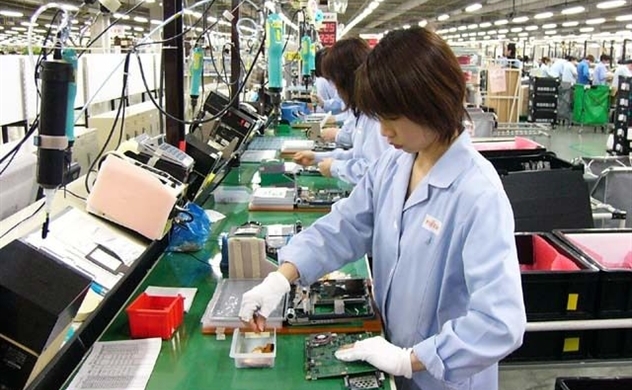

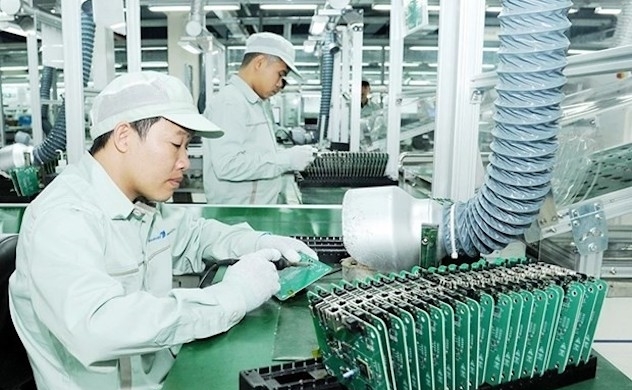

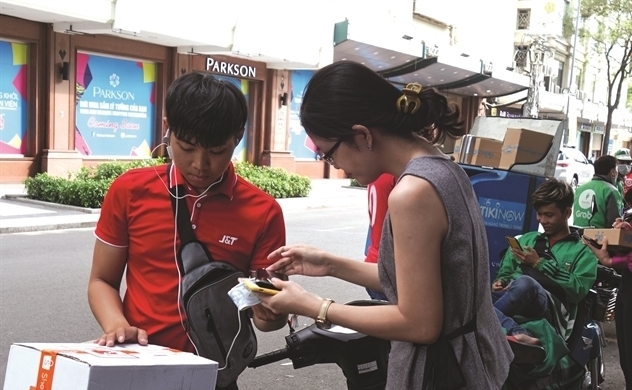


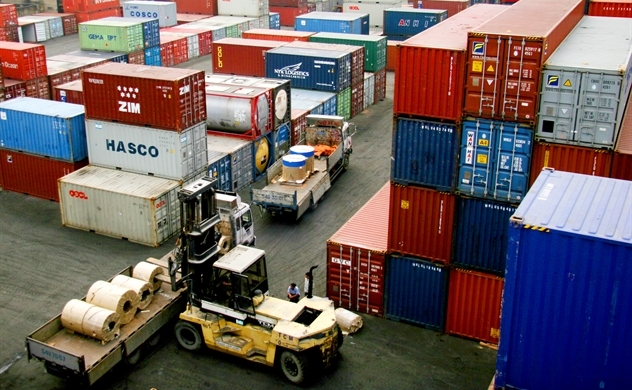
_291615658.jpg)

